- Joined
- Nov 9, 2015
- Messages
- 406
I would appreciate any and all of your thoughts on how to repair the cast iron apron casting on my lathe that I damaged when crashing the machine several years ago. The apron is off a Smithy Granite 1324 3-in-1 machine. The damage has caused the thing to jam up - rendering it completely useless.
Here is the apron before disassembly:
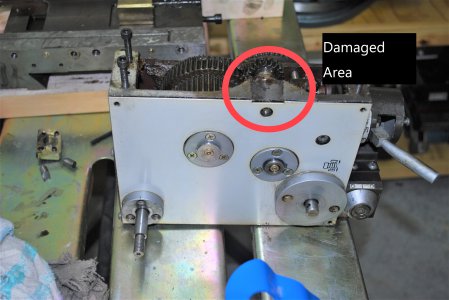
Here is a Front View of the damage.
(The casting is not cracked through in all locations, so it will not "crumble" despite taking some pretty heavy whacks with a dead blow.)
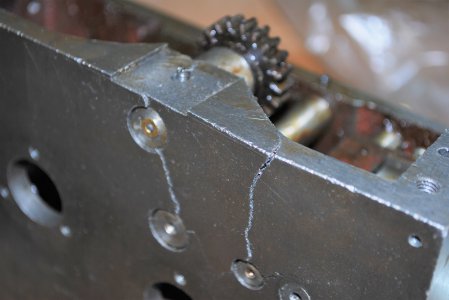
Here is a Top View
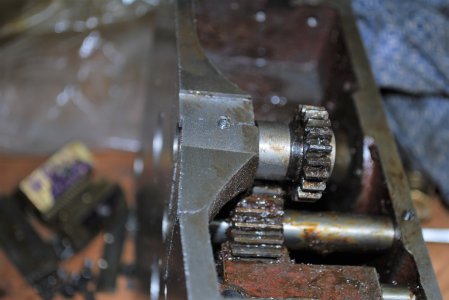
Hear is a Rear View
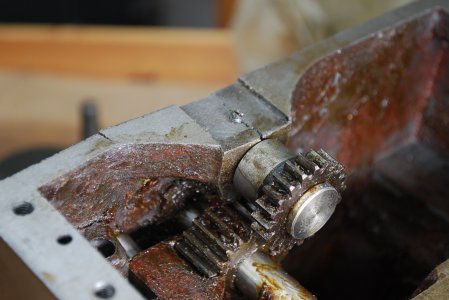
And another Rear View
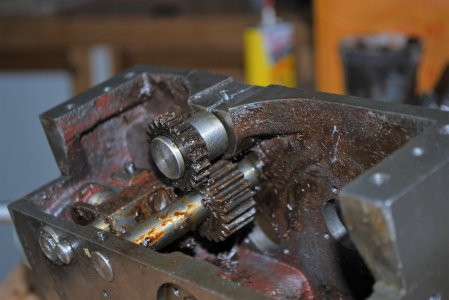
Right after this happened, I tried to buy the casting alone - but Smithy persuaded me to buy the entire assembly, saying that assembling the existing components into a new casting had been a problem for others in the past. So I bought and installed a new assembly and have been using that ever since. I am repairing this assembly as a spare, so it is a "nothing lost" situation.
I have MIG and oxy-acetylene, but no TIG. Thanks ahead of time!
Key Words: bronze braze cast iron repair cracked cast iron casting lathe apron repair Smithy apron carriage how to repair cast iron casting
Here is the apron before disassembly:

Here is a Front View of the damage.
(The casting is not cracked through in all locations, so it will not "crumble" despite taking some pretty heavy whacks with a dead blow.)

Here is a Top View

Hear is a Rear View

And another Rear View

Right after this happened, I tried to buy the casting alone - but Smithy persuaded me to buy the entire assembly, saying that assembling the existing components into a new casting had been a problem for others in the past. So I bought and installed a new assembly and have been using that ever since. I am repairing this assembly as a spare, so it is a "nothing lost" situation.
I have MIG and oxy-acetylene, but no TIG. Thanks ahead of time!
Key Words: bronze braze cast iron repair cracked cast iron casting lathe apron repair Smithy apron carriage how to repair cast iron casting
Last edited:

